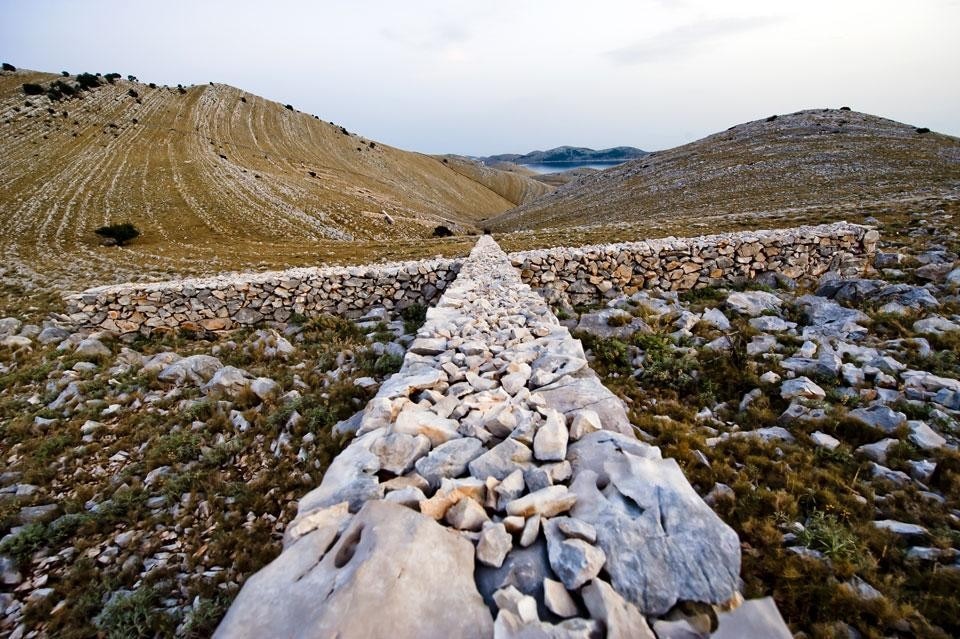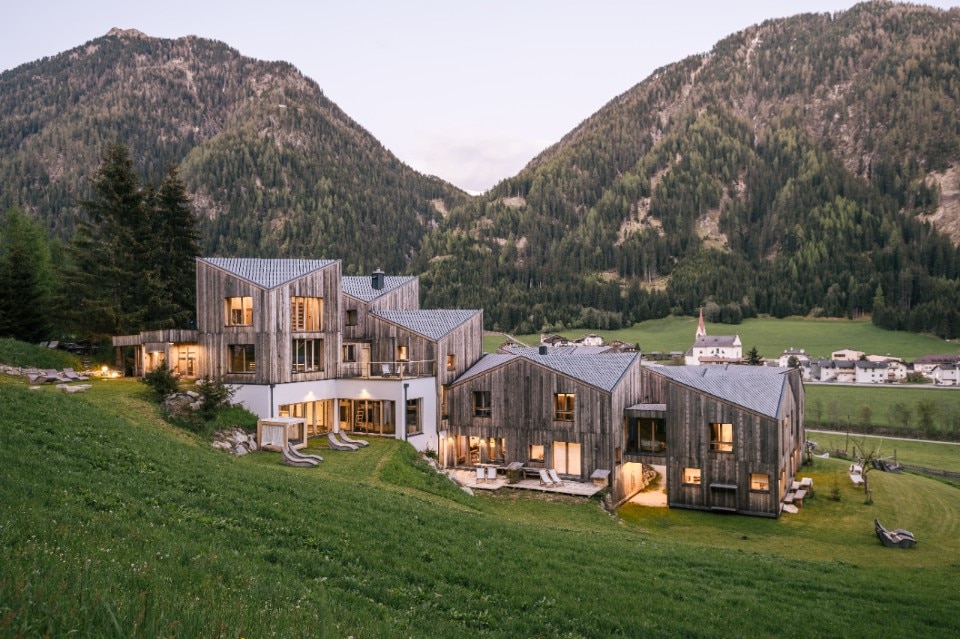For Croatian architect Nikola Bašic, material takes precedent over form, an attitude that perhaps could partially explain why the architect's body of work almost melts into the Adriatic landscape. Three of his recent realizations, all linked to some kind of ritual, are now on display at the Cité de l'Architecture in Paris to celebrate this year's French Cultural season dedicated to Croatia.
Croatia, a country of 4,7 millions inhabitants that only gained independence roughly 20 years ago, will become part of the EU in July 2013. Yet, as the exhibition's curators, Isabelle Delage and Seadeta Midzic, remind us, strong ties, both historical and of an elective nature, have long existed between Croatia and France. It is to celebrate these inter-national links between the two countries that Chaillot's Cité de l'Architecture imagined a small exhibition that, despite being very discreet, elegantly explores "the landscape of the Adriatic as a matrix". Hopefully some slight technical difficulties — the documentary films not working and only half of the back-lit panels were properly lit — are amended by the time you visit.
Born in 1946 in Murter Island, Nikola Bašic is an important figure in the contemporary Croatian architecture scene. Self-described as standing "apart from trends and fashion", Bašic trained in Sarajevo and is now living and working in Zadar, a small town of 75,000 inhabitants and the historical centre of Dalmatia, a historical region of Croatia on the Eastern coast of the Adriatic Sea. Here, Bašic opened his own office in 1991. Giving tremendous importance to the context of the Dalmatian archipelago, he mainly builds in stone, which is no doubt his favourite material. Minimal and sculptural, Bašic's work can be summarized by the architect's own words: "…the act of building can start from a simple pile of stones, or pieces of wood…" Indeed, for Bašic the choice of material is not only technical, but also symbolic, without being anachronistic.
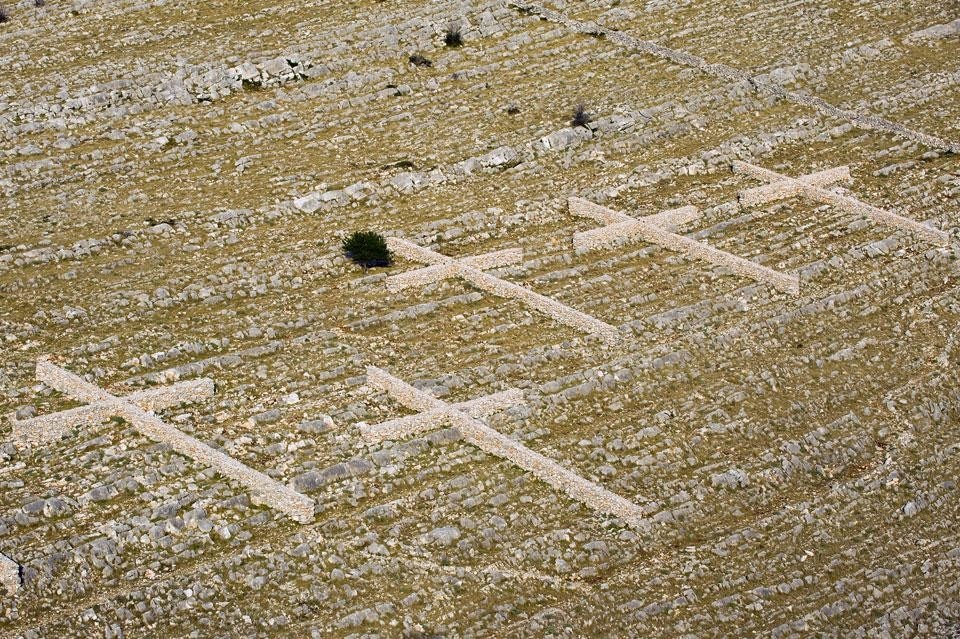
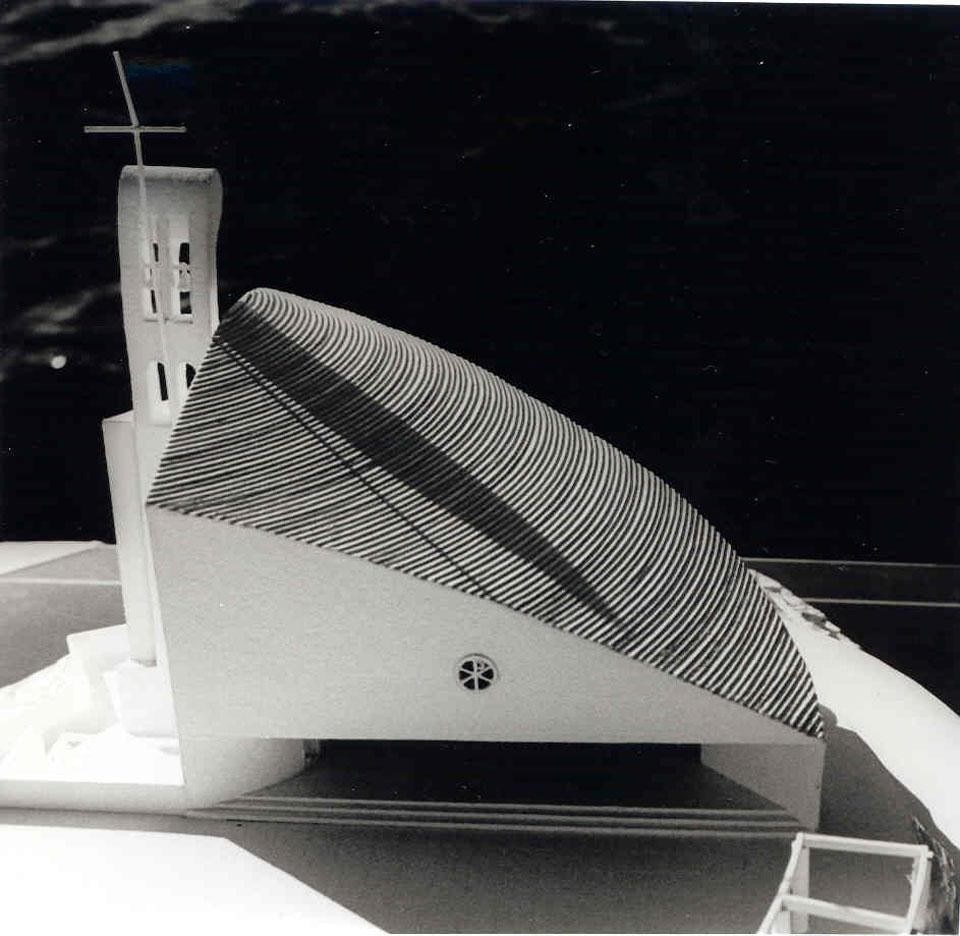
Forming a coherent body of work around rituals — nightfall, celebration and of the holy — only three projects have been selected to represent Bašic's architecture in the Cité's exhibition
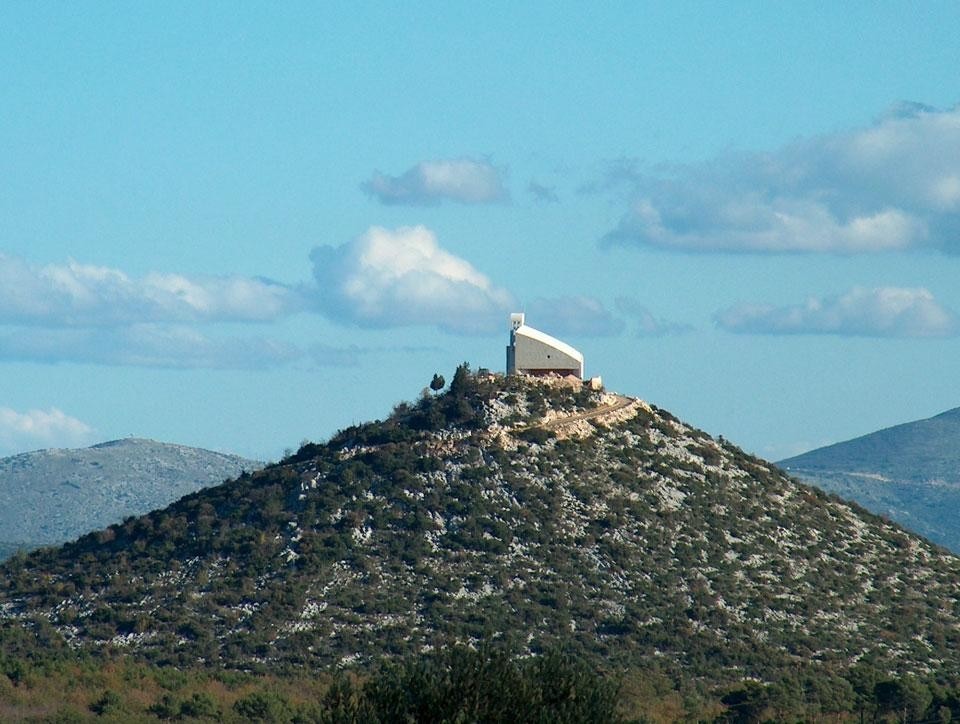
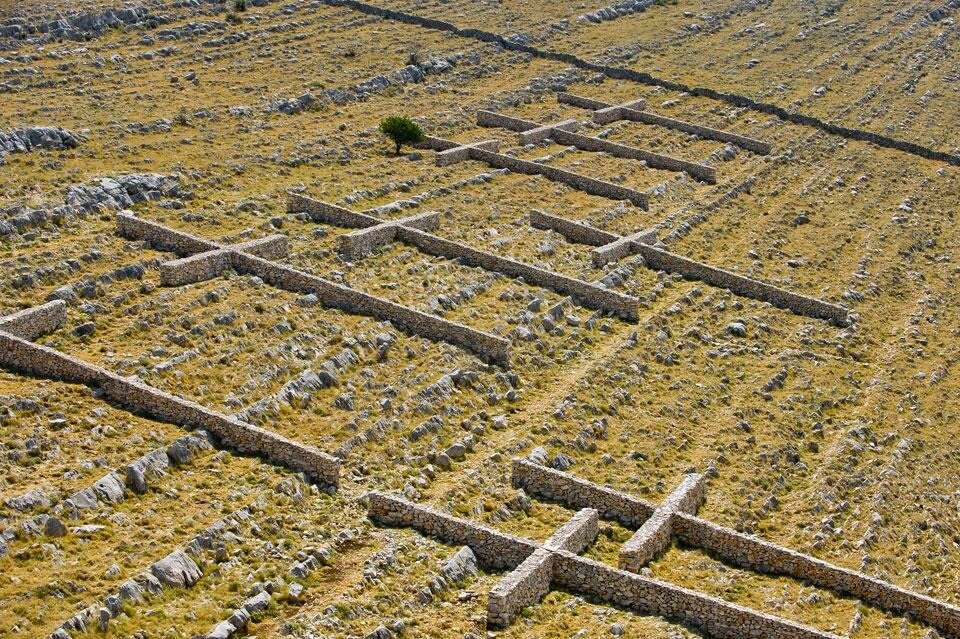
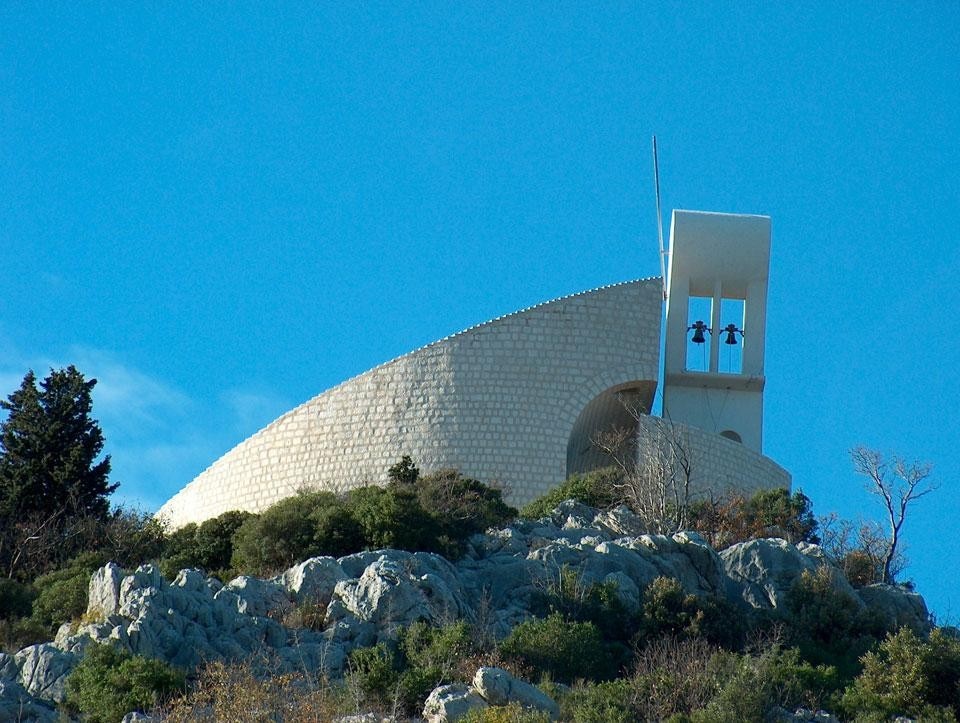
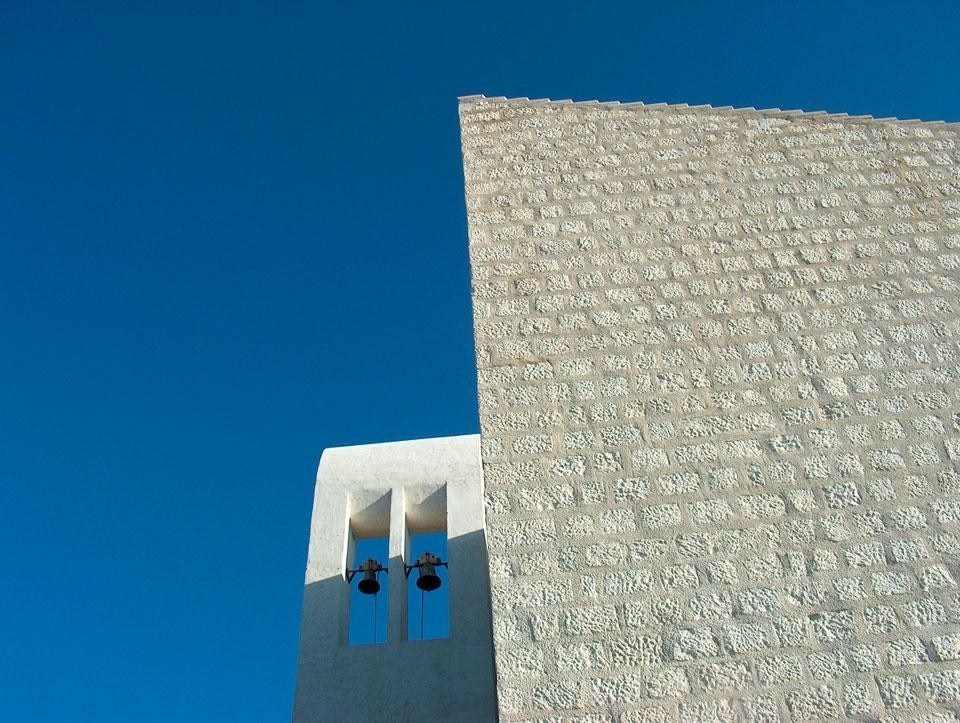
Nikola Bašic: Adriatic Landscapes
Cité de l'Architecture
1 Place du Trocadéro et du 11 Novembre, Paris
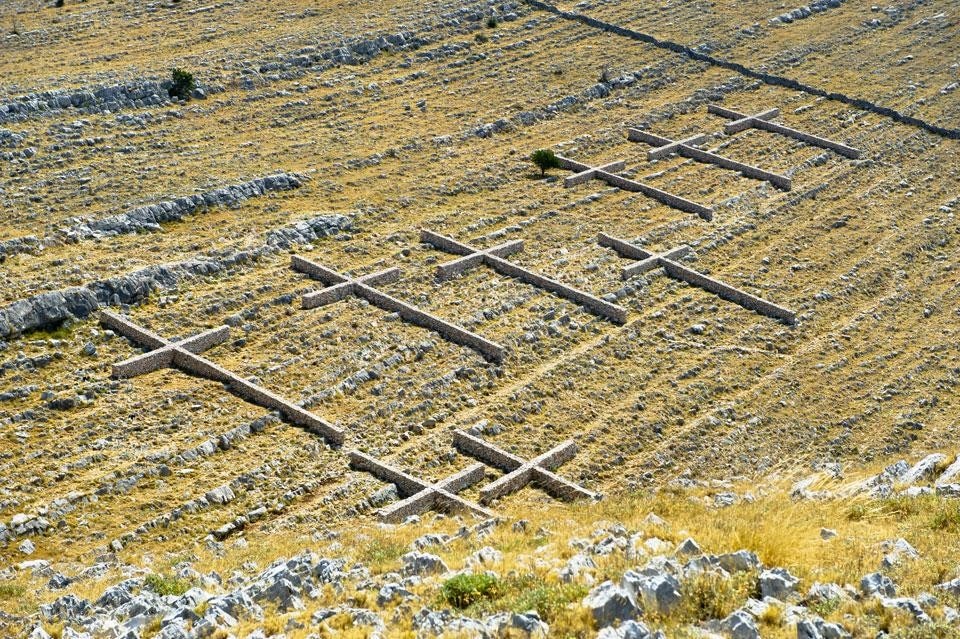
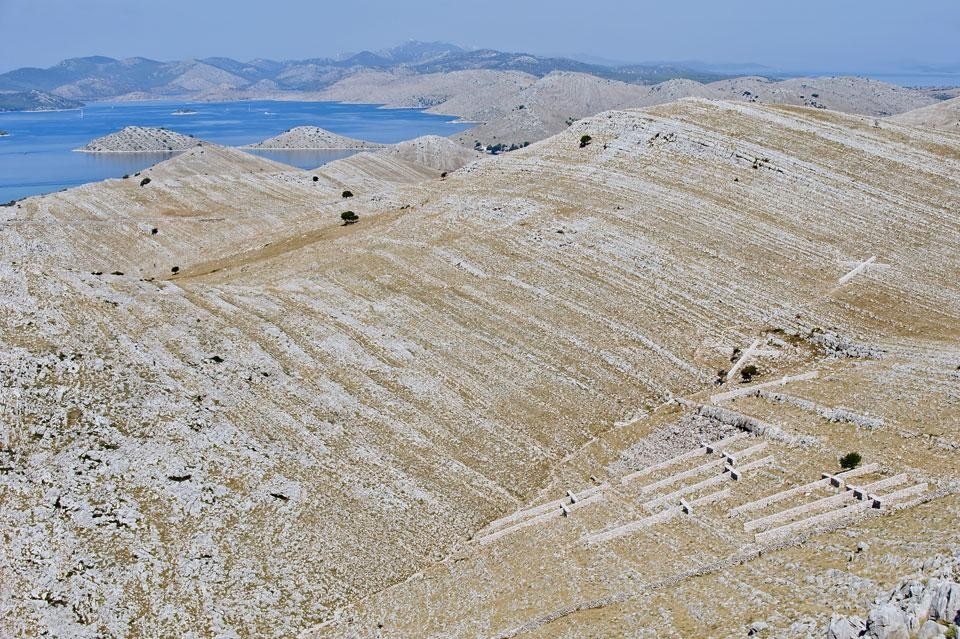
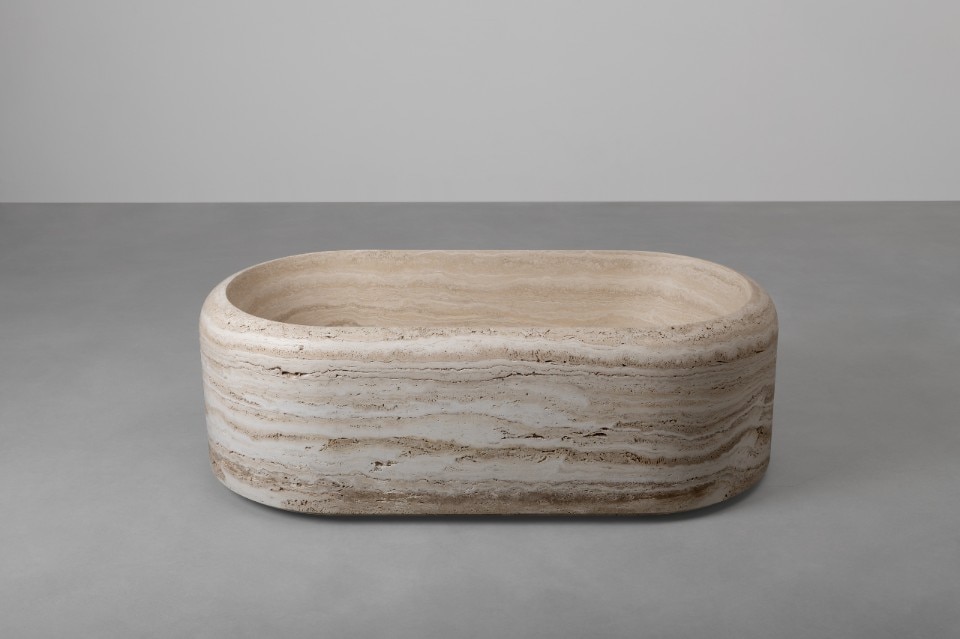
Designing from a single gesture: Vaselli’s latest collection
The Hoop series translates a morphological gesture into a family of travertine bathroom furnishings, where the poetry of the material meets the rigor of form.


